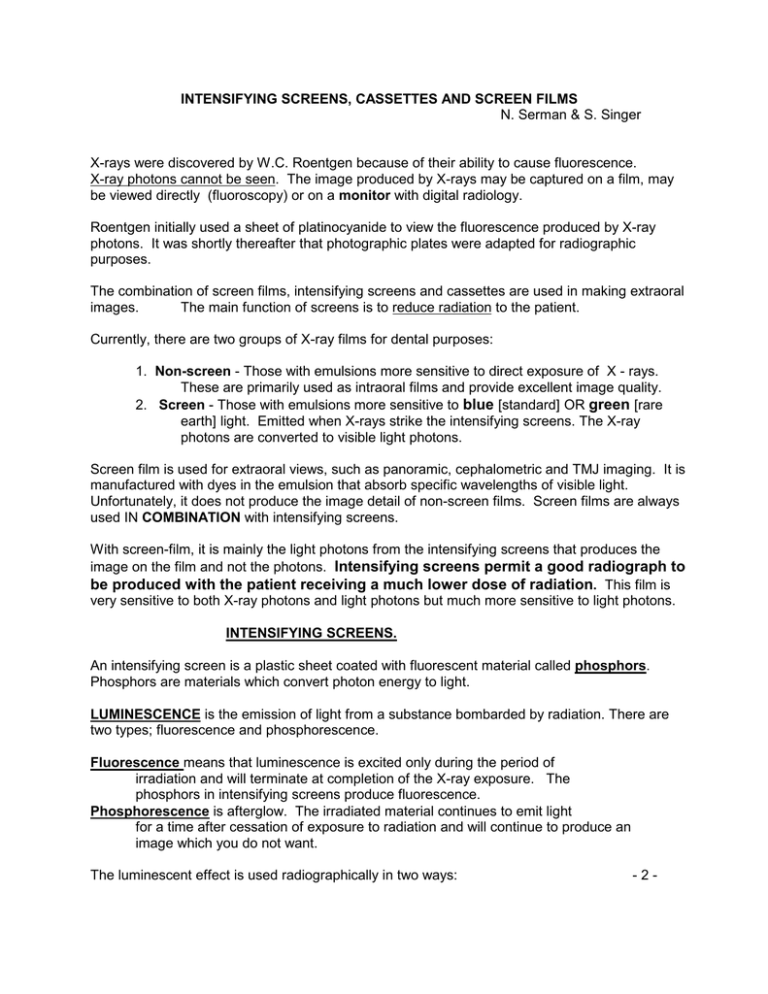
Compared with computed tomography (CT) and magnetic resonance imaging ( MRI), it has the advantage of a higher spatial resolution, is inexpensive, easy to use, and widely available. This effect decreases with increased source to object distance relative to the object to film distance, and by using a collimator, which let through parallel x-rays only.Ĭonventional radiography has the disadvantage of a lower contrast resolution.

For this reason, the radiographic projection produces a variable degree of distortion. X-rays emerge as a diverging conical beam from the focal spot of the x-ray tube. The images may be also visualized on fluoroscopic screens, movies or computer monitors. The result is a fixed image that is difficult to manipulate after radiation exposure. Chemicals are needed to process the film and are often the source of errors and retakes. The choice of film and intensifying screen (which in directly exposes the film) influence the contrast resolution and spatial resolution. In conventional radiography, the patient is placed between an x-ray tube and a film or detector, sensitive for x-rays. Low natural contrast between adjacent structures of similar radiographic density requires the use of contrast media to enhance the contrast. X-rays reveal differences in tissue structures using attenuation or absorption of x-ray photons by materials with high density (like calcium-rich bones).īasically, a projection or conventional radiograph shows differences between bones, air and sometimes fat, which makes it particularly useful to asses bone conditions and chest pathologies. 1990, 4th Lea and Febiger, Philadelphia PA.Conventional (also called analog, plain- film or projectional) radiography is a fundamental diagnostic imaging tool in the detection and diagnosis of diseases. R.C.: Christensen's physics of diagnostic radiology. 19: 126–31, 1971īerry, H.M.: Cervical burnout and Mach band: two shadows of doubt in radiologic interpretation of carious lesions. and Duville, R.: A new approach to the evaluation of radiographic systems. and Morris, C.R.: The Intrex a constant-potential x-ray unit for periapical dental radiography. McDavid, W.D., Welander, U., Pillai, B.K. Kaffe, I.: Objective and subjective analysis of the image quality of two E-speed dental X-ray films. edit.: The textbook of Shikwa Houshasengaku. and Walkup, R.K.: Digital dental image processing of alveolar bone: Macintosh II personal computer software. Hildebolt, C.F., Vannier, M.W., Gravier, M.J., Shrout, M.K., Knapp, R.H. and Wilcox, C.D.: Design and implementation of an image management system (IMACS) for dentomaxillofacial radiology. and Chin, R.: An ROC study on the effect of image quality in determining root-canal length: a comparison of RadioVisioGraphy, Visualix, and Ektaspeed film. Sanderlink, G.C.H., Stheeman, S.E., Huiskens, R. 125–37, 1993 Quintessence Publishing Co., Inc., Carol Stream, II and Razzano, M.: RadioVisioGraphy: concept and applications.

Jeffcoat, M.K.: Digital radiology for implant treatment planning and evaluation. and Mouyen, F.: Radiographic detection of occlusal caries in non-cavitated teeth: a comparison of conventional film radiographs, digitized radiographs and RadioVisioGraphy. and Wilson, N.H.F.: RadioVisioGraphy for imaging root canals: an in vitro comparison with conventional radiography. Soh, G., Loh, F-C and Chong, Y-H: Radiation dosage of a dental imaging system. and Wilson, N.H.F.: Quantitative assessment of a new dental imaging system.

Walker, A., Horner, K., Czajka, J., Shearer, A.C. and Wilson, N.H.F.: Radiovisiography: an initial evaluation. and Mouyen, F.: Evaluation of the new Radio VisioGraphy system image quality. and Lodter, J.P.: Presentation and physical evaluation of Radio Visio-Graphy. Welander, U., Nelvig, P., Tronje, G., McDavid, W.D., Dove, S.B., Morner, A-C and Cederlund, T.: Basic technical properties of a system for direct acquisition of digital intraoral radiographs. Molteni, R.: Direct digital dental x-ray imaging with Visualix/VIXA. and Kelly, M.S.: Flash Dent: an alternative charge-coupled device/scintillator-based direct digital intraoral radiographic system. and Welander, U.: Sens-A-Ray: a new system for direct digital intraoral radiography. and Matteson, S.R.: Direct digital radiography for the detection of periodontal bone lesion. and Duret, B.: The Radio Visio-Graphy (RVG): where reality surpasses radiological fiction-a hope that is becoming reality.


 0 kommentar(er)
0 kommentar(er)
